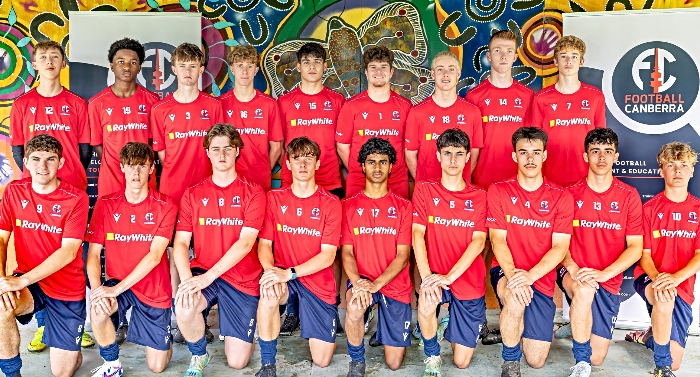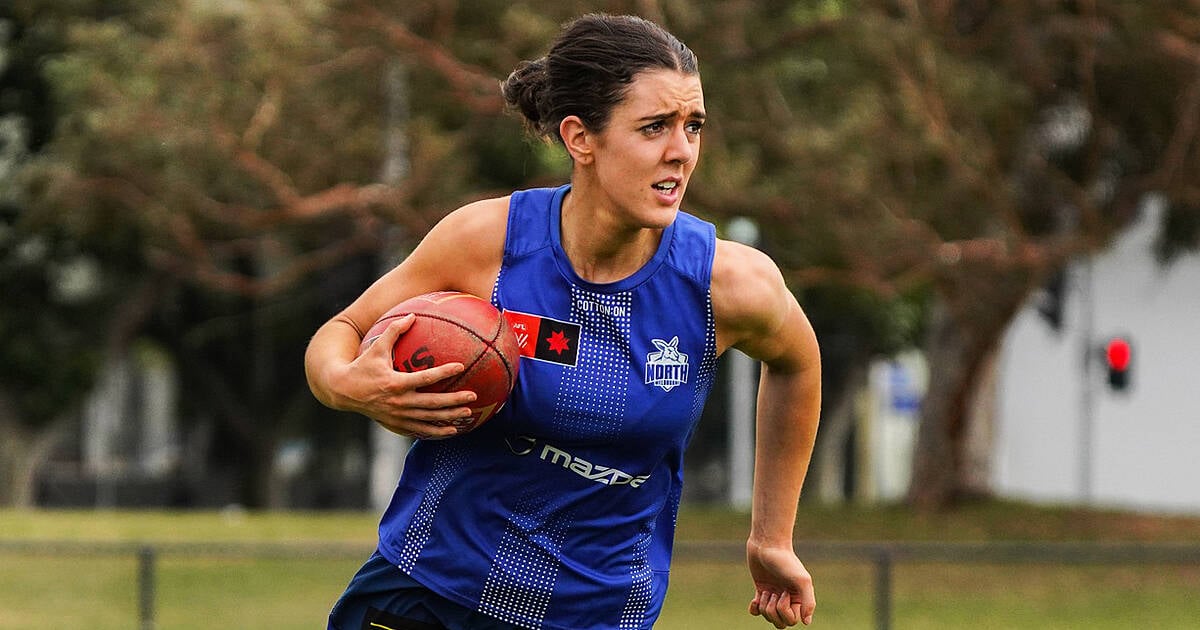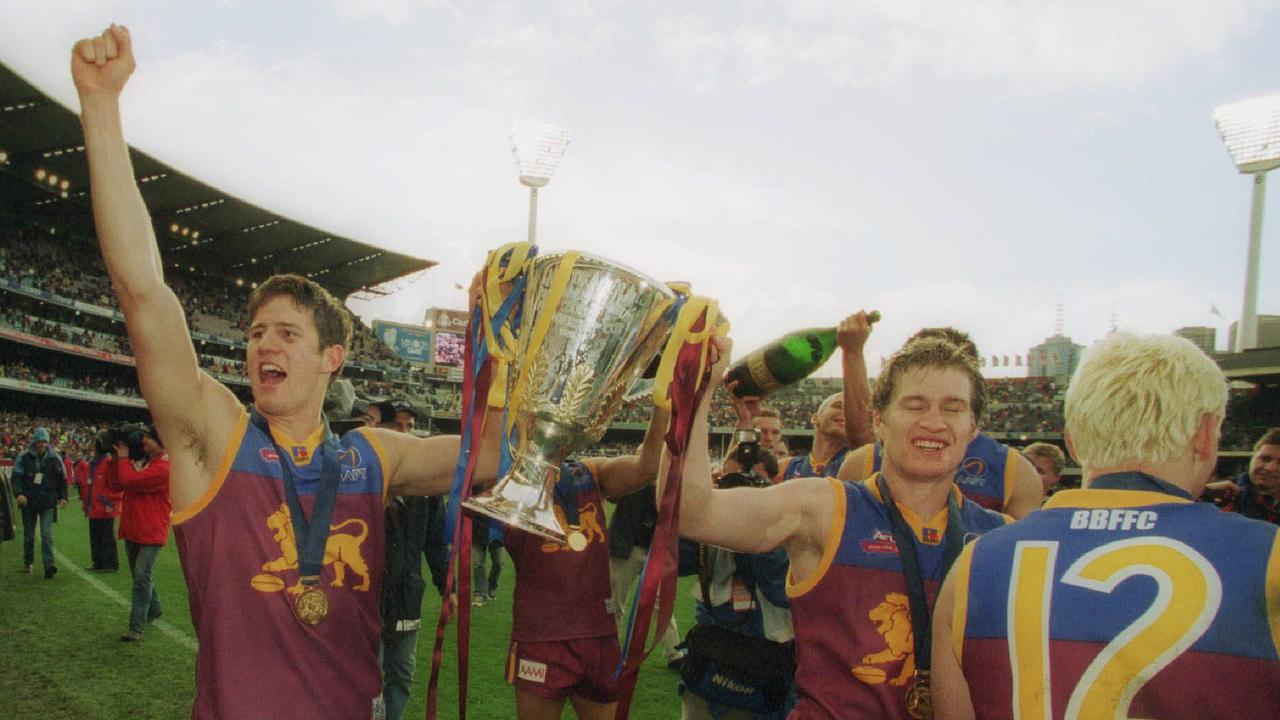How the Swans have climbed above a congested AFL pack in 2024

- by Admin
- May 30, 2024
Halfway through most football seasons, the wheat has been sorted from the chaff and contenders distinguished from pretenders.
Not so much in 2024.
Perched at the mid-season break bye weeks, little seems clear about this year in the AFL.
Above the bottom few teams, little appears to separate the middle of the ladder.
Eighteen per cent of all games have finished with a margin less than a goal — the highest proportion since 1950.
Geelong, GWS and Melbourne threatened to edge away from the pack before getting dragged back into the chaos.
In the last few weeks, another side has staked its claim to frontrunner status while other flag fancies have stumbled.
The Swans have surged ahead by two wins and a large chunk of percentage, owning a 5-0 record against current top-eight sides.
The Bloods are no strangers to success, having played in four of the last 12 grand finals and rarely missing finals.
But few of those sides have sat so well placed at this stage of a season.
This is the blueprint of how the Swans have charged to the top in the first half of 2024.
Code words and the long game
In club backrooms around the league, the focus is never as simple as “giving 110 per cent” or “wanting it more”. Rather, gameplans and strategies are discussed in obscured terms that evolve steadily over the years.
Talk about ‘alphas’, ‘roosts’ and ‘getting skinny’ might be heard regularly in 2024.
Winning at the clearance coalface is out, instead the focus has shifted to post-clearance contested possessions — the hard ball beyond the stoppages.
A recent trend at many clubs is aiming to be a “front-half team” — keeping the ball in your half, and generating turnovers and stoppages closer to your goal.
It’s about stopping the transition before it starts and generating repeat inside-50s.
Front-half teams look to generate intercepts forward of centre and convert them to scores. Forward-half intercepts are the most prolific source of scoring in the modern game, despite occurring about half as often as back-half intercepts.
Football is a game of possession and position. You can only score when you have the ball near your goals, so it makes sense to focus on winning the ball there and stopping opponents from doing the same.
The Swans are no slouches from the front half, ranking second for points from front-half turnovers, but the real strength of their game has been from scoring from deep.
In particular, the Swans are the most effective team at turning back-half intercepts into scores.
Their transition from defence is not necessarily coming from quick play, as the Swans don’t play on and kick the ball especially rapidly. Some players consider and weigh up the options, especially deeper in defence, before they try to find targets in dangerous or unexpected spots.
This tension between fast and slow rebounds can tear opposing teams up — making it tougher to effectively set up their own defensive structures.
On the other hand, there are players who appear to have licence to attack full throttle, chiefly enigmatic defender Nick Blakey.
In both defensive responsibility and counter-attack, Blakey is bettering his 2022 grand final and 2023 All-Australian squad years.
While intercepting less frequently than last year thanks to fewer opponent entries, he has been more effective in 2024 in creating scores with his intercepts.
At this stage he is possibly the most locked-in player to the All-Australian defensive unit.
A solid defender in the air with extreme closing speed, Blakey is mesmerising with ball in hand.
He takes every metre available and has the ability to disguise his intent from opponents with opaque body language, seeming to act without premeditation.
“The Lizard” is the centrepiece of a powerful rebound defence, alongside Dane Rampe, Ollie Florent, Jake Lloyd, Matt Roberts and Justin McInerney.
Most of their defenders contribute to launching the ball forward with menace from intercepts, with defensive wings folding back to help.
Lloyd in particular has a licence to go, with his ball use second quickest from taking an uncontested mark in the league. This is starkly different from years’ past for the commentary favourite.
Sydney’s intercepting may not be conventionally eye-catching, lacking the abundant dramatic intercept marks taken by the league’s gun tall defenders. There’s no single anchor like Steven May or Sam Taylor dictating terms in the air and shaping games with big marks.
Only North Melbourne has taken fewer intercept marks than the Swans this year. But when they do win possession via mark or free kick, they are incredibly effective in marching the ball downfield.
Instead, the Swans operate as a spoil-first collective, content to kill contests and direct spoils to good areas.
The Swans’ back seven converge and apply pressure and effectively sweep the ball away.
Ground level turnovers are generally less dangerous (by a quarter) than marks and free kicks, but about twice as common. The high volume means teams that succeed at moving the ball from winning live ball have a huge edge on the park.
This style of ground level defensive rebound has emerged through the last couple of seasons, but key to the plan is the transition scoring does not sacrifice defensive integrity.
The solid base
The Swans have not only excelled at scoring from long-range forays, they’ve also shut off the ability for opposition sides to score off their own defensive rebounds. No team covers their own turnovers better — the Swans are conceding the least points per turnover conceded.
The safety their coverage affords is a new spin on John Longmire’s traditionally defence-first Swans outlook.
Since 2023, Sydney has struggled to keep its biggest primary defenders on the park as Paddy McCartin was forced to retire and Tom McCartin has missed chunks of footy. With few proven options behind them, Sydney has replaced their impact by hunting as a pack.
Often, a smaller set of defenders have held down the Sydney fort, their style heavy on help defence and very good at avoiding 1v1 situations.
The problem with a more aggressive transition game is that the risks required to score makes turnovers inevitable. Too many punished turnovers, and confidence and movement can wane, but Sydney is well placed to mitigate such dangers.
A plethora of fast, flexible players are ready to sprint back the moment a turnover transition looks like coming, with all of Blakey, Rampe, Florent, McInerney, Harry Cunningham and Robbie Fox possessing genuine leg speed to match most forwards.
They can trade roles, close distance quickly, prevent 1v1 marking contests and look to spoil the ball to advantage, setting things up anew.
Sydney in attack can therefore play the angles and try plenty of risky forward plays, swinging the ball laterally, biting off difficult kicks, running through tacklers.
Playmakers like Blakey and the midfield trio of Chad Warner, Isaac Heeney and Errol Gulden are enabled to take the game on.
This group is confident the same interceptors and rebounders who help launch things can still cover counter-transition when it doesn’t quite work out.
Problem solving
Sydney’s defenders can be individually isolated and found out for size, especially when Tom McCartin isn’t there.
Forward lines such as Carlton’s have recently looked likely to exploit this early in games, but the Swans have shown an ability to make changes on the fly.
Sydney has been particularly dominant in the second half. In games against Essendon, GWS, Carlton and the Bulldogs, they either went down early or were right in a close dogfight in the first half before asserting themselves.
Whether it be adjustments against tall forwards, finding ways to navigate those front-half high-press defences or just coming to grips with clearance issues, the Swans have so far figured out what opposition teams have thrown at them.
The value of being favourites in May
Still, premierships aren’t won in April and May.
When asked about the value of being early-season favourites last month after their win over Brisbane, GWS coach Adam Kingsley told ABC Sport there was none.
Coaches around the league have repeatedly outlined just how close this season is shaping up. The Swans’ edge now may dissipate as the months grow colder and the days get shorter, but their success so far has a whiff of sustainability.
Teams will keep working to stop them and the Swans will need to keep problem-solving if they’re to keep winning, with the eyes of the league fixed on their every move.
Sports content to make you think… or allow you not to. A newsletter delivered each Saturday.
The Latest News
-
December 25, 2024Sam Konstas is the right player at the right time for Australia. Here’s why
-
December 25, 2024Christmas at the ‘G! Aussie stars and family lap up big day
-
December 25, 2024‘They’re the idiots who picked me’: Aussie skipper’s hilarious message to relieve pressure on new opening sensation
-
December 25, 2024Aussie path to Champions Trophy glory begins with Ashes clash as schedule revealed
-
December 24, 2024‘Good to go’: Head’s cheeky injury jab as ‘unbelievable’ Aussie run machine gets green light





